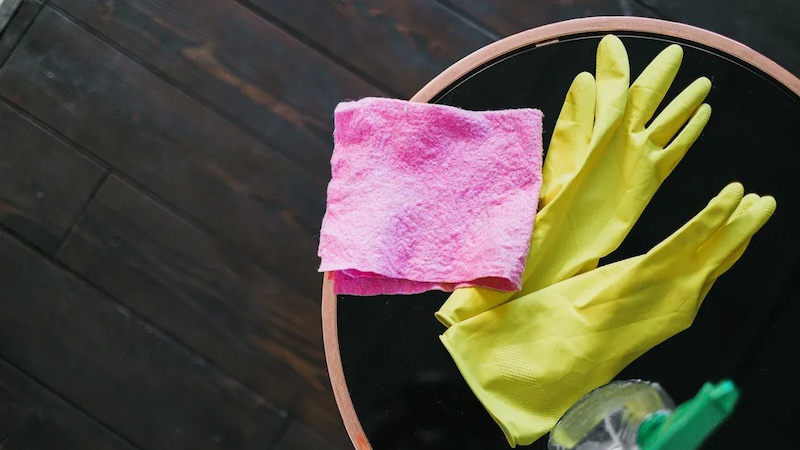Para ambientes externos, você deve escolher EPDM. O nitrilo é mais adequado para contato com óleo e combustível. Para resistência química mista, selecione neoprene e cloroprenoAvalie a exposição ambiental, a compatibilidade química e os requisitos de temperatura do seu projeto. Esses fatores ajudarão você a fazer a escolha certa do material para um desempenho confiável e de longo prazo.
1. Visão geral da comparação

Propriedades principais
Quando você compara a borracha de cloropreno (como Borracha de policloropreno CR2440), EPDM e borracha nitrílica, você precisa se concentrar em diversas propriedades críticas. Essas propriedades incluem resistência ao óleo, às intempéries, à resistência ao ozônio/UV, ao fogo, à faixa de temperatura e ao custo. A tabela abaixo resume o desempenho de cada material nessas áreas:
Propriedade
| Propriedade | Borracha de cloropreno | EPDM | Borracha nitrílica |
| Resistência ao óleo | Moderado | Pobre | Excelente |
| Resistência às intempéries | Excelente | Excelente | Razoável-Bom |
| Resistência ao ozônio/UV | Pobre | Razoável-Bom | Bom |
| Faixa de temperatura (°F) | -40 a 225 | -60 a 300 | -40 a 250 |
| Custo | Moderado | Baixo-Moderado | Moderado |
Tabela de resistência ao ozônio e às intempéries
| Tipo de borracha | Resistência ao ozônio | Resistência às intempéries |
| Borracha de cloropreno | Pobre | Excelente |
| EPDM | Razoável-Bom | Excelente |
| Borracha nitrílica | Bom | Razoável-Bom |
Tabela de Classificação de Resistência ao Fogo
| Material | Classificação de Resistência ao Fogo |
| Borracha de cloropreno | Não é um retardante de fogo, mas é menos inflamável que outras borrachas comerciais; derrete quando em chamas, mas pode ser extinto. |
| EPDM | Bom nível de resistência à chama; requer combinação com bloqueadores para atender aos padrões de resistência ao fogo. |
| Borracha nitrílica | Não classificado |
2. Prós e contras
Você deve pesar as vantagens e desvantagens de cada material antes de fazer sua seleção.
Borracha de cloropreno
EPDM
Borracha nitrílica
3. Escolhendo o material certo
Fatores ambientais
Você precisa avaliar o ambiente onde seu material de borracha será utilizado. Exposição externa, luz solar, ozônio e intempéries podem degradar rapidamente algumas borrachas. O EPDM se destaca por sua excelente resistência ao ozônio e à luz solar, tornando-o a melhor escolha para aplicações externas. Você se beneficia da capacidade do EPDM de resistir a condições climáticas adversas, raios UV e variações de temperatura. Este material pode durar até 20 anos ou mais em condições externas. Se o seu projeto envolver exposição a óleos ou solventes, a borracha de cloropreno (como Neoprene AD-20) oferece boa resistência a óleo e apresenta bom desempenho em peças expostas a produtos químicos. O EPDM também é mais ecológico por ser atóxico e reciclável, enquanto o Neoprene (Borracha de Cloropreno) é menos sustentável.
Resistência química
Você deve adequar o perfil de resistência química da borracha à sua aplicação. Cada material reage de forma diferente a óleos, combustíveis e produtos químicos industriais. A borracha nitrílica oferece alta resistência a óleos, mas apresenta baixo desempenho contra intempéries e ozônio. A borracha de cloropreno oferece resistência moderada a óleos e excelente resistência a intempéries. O EPDM não resiste a óleos, mas apresenta excelente resistência a intempéries e ozônio.
| Tipo de borracha | Resistência ao óleo | Resistência às intempéries | Resistência à chama | Resistência ao ozônio |
| Borracha nitrílica | Alto | Pobre | Pobre | Pobre |
| Borracha de cloropreno | Moderado | Excelente | Muito bom | Excelente |
| EPDM | N / D | Excelente | N / D | Excelente |
Verifique sempre os produtos químicos que seu projeto irá encontrar. Selecione borracha nitrílica para contato com óleo e combustível. Use borracha de cloropreno para resistência equilibrada a produtos químicos e intempéries. Escolha EPDM para aplicações sem exposição a óleo, mas com altas demandas de intempéries.
4. Resumo
A escolha do material de borracha certo para o seu projeto depende da adequação das suas propriedades às demandas da sua aplicação. É preciso considerar a resistência ao óleo, às intempéries, à exposição ao ozônio e aos raios UV, além do ambiente específico onde a borracha terá um bom desempenho. Cada tipo de borracha oferece resistências únicas que a tornam ideal para determinados usos.
Site: www.elephchem.com
Whatsapp: (+)86 13851435272
E-mail: admin@elephchem.com